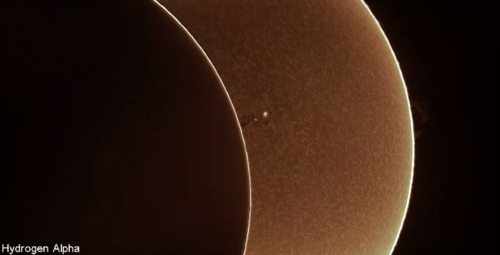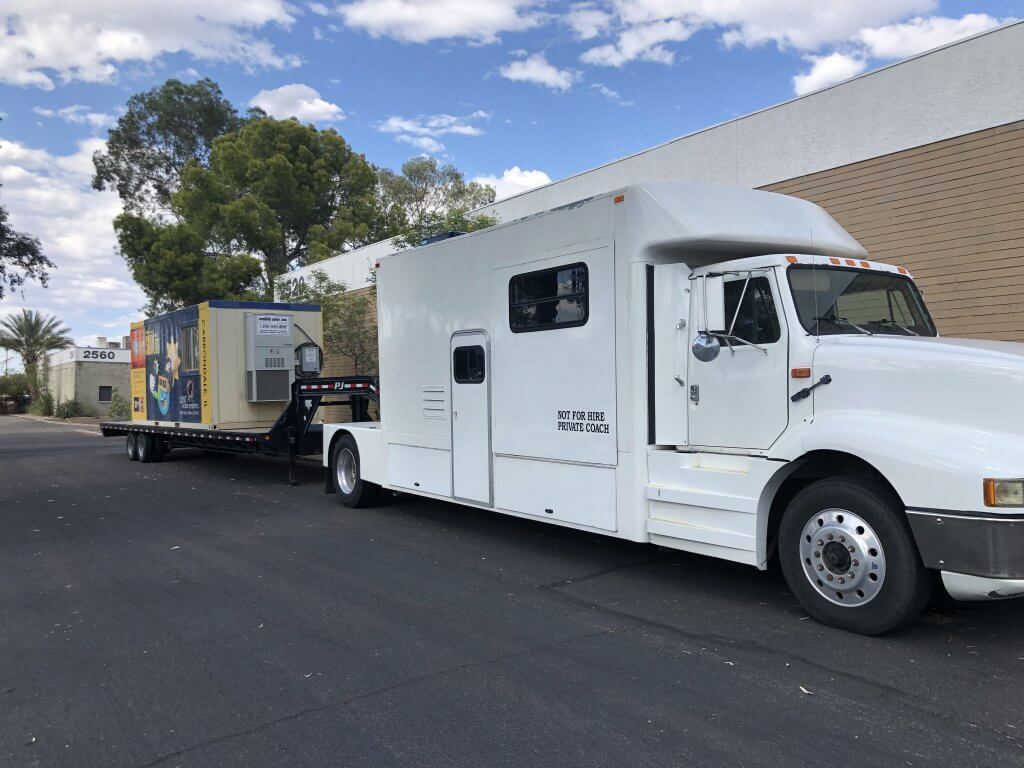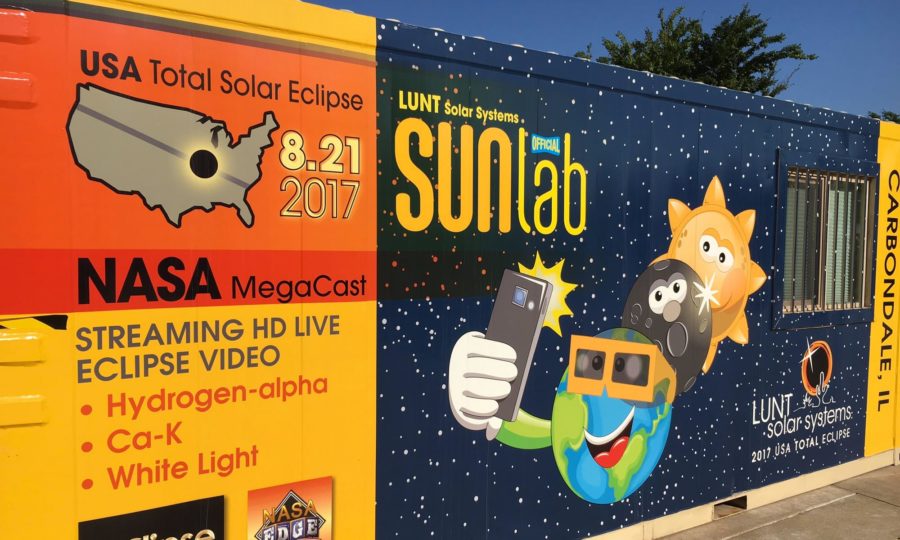
Lunt Solar Systems is teaming up with NASA to livestream 8K video of the 2024 total solar eclipse. Lunt will build an improved version of the SunLab — a giant telescope mounted on a mobile trailer that Lunt used with NASA to livestream the 2017 total solar eclipse — and haul it to Carbondale, IL for the event.
Three related events will be announced leading up to the solar eclipse livestream, including a short documentary about Lunt sometime this year. Sign up for our email newsletter below to be kept in the loop as plans come together.
Lunt will capture video of the 2024 eclipse in H-Alpha, CaK, White Light and processed imagery and NASA will make each available as a livestream.



Building on what we learned in 2017
Lunt and NASA streamed the 2017 total solar eclipse to great fanfare.
Here’s a summary from NASA Digital Services on the 2017 event:
- NASA’s solar eclipse coverage was the agency’s most-watched and most-followed event on social media to date, with the largest social media reach (5.3 billion people), most engagement, and highest NASA-driven reach.
- We estimate over 40 million viewers in total watched the NASA TV live broadcast, “Eclipse 2017: Through the Eyes of NASA,” carried on www.nasa.gov/eclipselive, Facebook Live, Periscope, Twitch, Ustream and other mobile apps and services.
- With between 2-3 million simultaneous viewers at peak, the live broadcast on NASA’s Eclipse Live web page appears to be in the realm of major news, sports and entertainment events.
- Teletrax estimates our television content was aired on more than 50 outlets in 8 states and 22 countries worldwide. Based on the outlets’ reported audience reach, Teletrax estimates a potential maximum TV audience of more than 2.2 Billion. (Note: there is no way to accurately measure exactly how many people watched on television).
- Many viewers outside the path of totality turned to us for the livestream, helping to expand this to a national event. We had almost the same number of women as men viewing on nasa.gov/eclipselive, while our normal audience is closer to two-thirds male.
- On the web, two sites factored into NASA’s eclipse coverage: eclipse2017.nasa.gov and www.nasa.gov. These sites had over 90 million page views on August 21, 2017 alone.
- On the web, the 2017 solar eclipse was seven times larger than our previous single event record (New Horizons flyby of Pluto). Traffic to our sites was driven by searches on Google and via direct links.
- A high number of social media users tuned in to the live eclipse broadcast, particularly on Facebook Live, which had 568,000 simultaneous viewers at peak, and 27 million unique viewers of the video to date; our most popular eclipse-related Tweet and Facebook post were both live feeds of the broadcast.
- There were 221,000 ‘eclipse’ media hits from Aug. 21-25, and about 17,000 of those mention NASA. There were 137,000 hits on Aug. 21 alone, with 10,700 mentioning NASA — about four times more than our biggest release of the year got in a full week.
The viewership on each of the Lunt-produced feeds in 2017 was great, and we expect it to double in 2024:
- UStream CaK feed: Over 4.6 million viewers
- UStream White Light feed: Over 4.6 million viewers
- UStream H-Alpha feed: Over 745,000 viewers
- UStream Processed Imagery feed: Over 640,000 viewers